Over the last decade, mixed- use developments have increased its stake in the local property market and the reasons for this are many, namely traffic congestion, increased fuel prices, changing consumer demographics and a longing for a sense of space and community cohesion. Urban planning and real estate development are moving in tandem with this shift in development pattern and are increasingly responsive to the wants and needs of the public.
The concept is certainly not new and is in fact being embraced with the end user who is demanding the space, the developers who are supplying the space and the planning and policy makers who are regulating the space.
In his research paper (Mixed- Use Development in Theory and Practice: Learning from Atlanta's Mixed Experiences; 2011), Joshua D. Herndon said that sorting the fact from the fiction and developing an in-depth understanding of both the possibilities and the limits of mixed- use development are essential if the positive aspects of the concept are to be maximized. Doing so requires some questions to be considered. For example, how has the arrangement of land use changed over time? What are the necessary characteristics of a mixed-use development? What are the different ways of conceptualizing mixed-use projects? And what are the goals of mixed-use development?
INCENTIVES FOR LAND USE CHANGE
Accessibility and connectivity are the two main incentives for property development and this can be clearly illustrated with the development of new townships on the east coast of Sabah. Hap Seng Properties Development is one of the most established developers of housing in Sabah with developments in Lahad Datu and Tawau bringing about a significant change in land use in the area.
John Tan, COO of Hap Seng Properties Development, opines that land use in these two east coast towns had to evolve out of necessity.
"Mixed-use development means decentralization of old towns that can no longer sustain its population growth" he says. We have been in this business for more than 40 years and we understand the market demographics well enough to know what the public needs. And for Tawau and Lahad Datu, it is affordable housing and space.â€
As a diversified company with interests in construction and building materials, Hap Seng was able to leverage on its construction cost to offer housing as low as RM210,000 per unit for a terrace house some two years ago. Today, it plans to still provide housing within this range as it sees it as part of its corporate social responsibility as much as a good investment. Its Bandar Sri Indah project in Tawau is the largest commercial- residential township development in Sabah, with a land area that is three times larger than the current Tawau town centre. It is located mid- way between the town and airport, about 15 minutes' drive either way, and comes equipped with modern infrastructure and landscaping for homeowners to experience a modern lifestyle.
Tan adds, "We do not see ourselves as just house builders but as township developers.â€
"We started planning the project some 8 - 9 years ago on a 1,368 acre piece of land that used to be oil palm estates. Tawau town was getting too congested and high land prices were making housing unaffordable for the lower income group. Public facilities and amenities were also in bad shape due to age and lack of maintenance.â€
When completed Bandar Sri Indah will have 7,493 residential units (992 acres), 788 commercial units (96 acres), 527 industrial units (103 acres) and 28 acres of open space.
"People generally prefer landed property and this is the characteristic we maintained in our development project which comprises mainly of terrace houses. We also focused on providing all the basic amenities for the convenience of the residents like shops, offices, markets, schools, bus/taxi terminal, community hall, sports and recreational centres, all within easy reach.â€
Tan concedes that mixed-use development requires heavy financing but if there is a demand for it, it is a matter for finding the right mix for the right market. Creating an entire township requires long-term commitment and a solid foundation built on trust that you will deliver on your promises. The Bandar Sri Indah example will hold Hap Seng in good stead as one of the pioneers in mixed-use development to make its mark in Sabah.
CONNECTING TO THE FUTURE
As the lines between city and country being to blur with the development of new hubs for business, living and leisure, future proofing would be of paramount importance.
Timothy Lim, senior manager for project planning and development at SP Setia, developer of the massive Aeropod project in Tanjung Aru, pointed out that location and accessibility are key factors in mixed-use development as they will determine the project's long-term success.
"Future proofing is to ensure that we plan our connectivity well before we develop so that we won't have to waste time and money on land acquisition or building tunnels around built-up structures" he explains.
"When we submitted our project plan, the local authorities requested for future expansion plans so we did a study of the various connectivity corridors around Kota Kinabalu and its suburbs. Aeropod itself is a transportation hub which integrates the existing railway station plus six bus lanes and even air space provision for future LRT or MRT expansion" he adds.
The Aeropod project is currently looking at constructing four flyovers with internal and external connectivity to Jalan Kepayan to ensure a constant flow of traffic to the area.
A mixed - use development project is very challenging as it is not only about location and accessibility but also about finding the right tenant mix to attract the right crowd. Aeropod spans approximately 60 acres and featuries a mix of retail, offices, F&B, serviced apartment, SOHO, Corporate Office, boutique hotel, and 5-star hotel.
The tenant mix has to be able to generate the perfect balance of live/work/play dynamics to attract a new generation of workers and residents who want to spend less time commuting in their cars and more time indulging in leisure and recreational activities. As a transit oriented development, Aeropod also has the advantage of attracting a wider mix of workers from the city and suburbs who would find the convenience of a well-organised transport hub a huge plus point.
Lim, who prefers the term integrated development as it represents the more cohesive nature of a multi- purpose development that includes sustaining the well-being of its residents and visitors, feels that developers have to value-add their projects to remain relevant.
He highlights SP Setia's Bukit Indah project in Johor where after it was already completed, they had returned a few years later to redevelop the streets for the benefit of the residents there. "This has been our practice for the last 5 to 6 years as we consider facility management a very important issue. More so for an integrated development project as there are so many more parameters to consider from the commercial and residential perspectives.â€
While many mixed-use developments are enormous, there are smaller developments with a mix of everything. The only difference is the economies of scale. Sabah has made great strides down this path but it would be indeed prudent to future-proof its trajectory with the necessary infrastructure and connectivity blueprint to ensure we get the mix just right for now and into the future.
.jpg)
.jpeg)
_PH_Banner_(Desktop)(1200x180px).png)
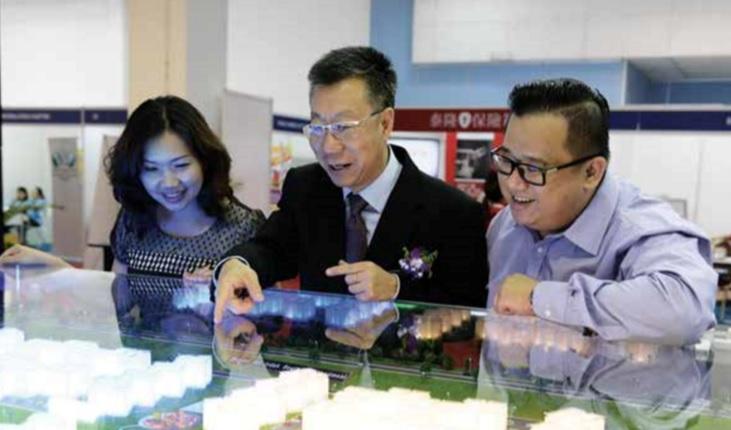
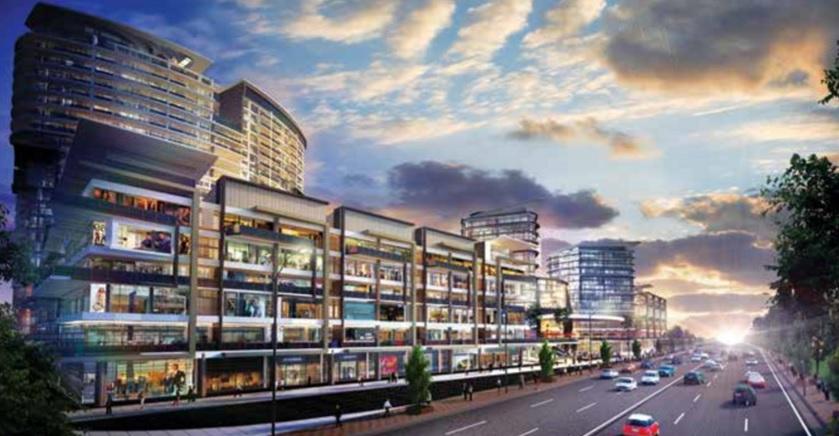
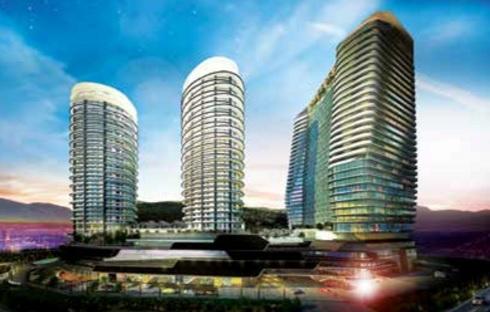
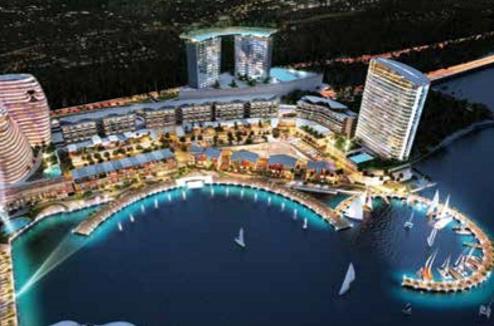
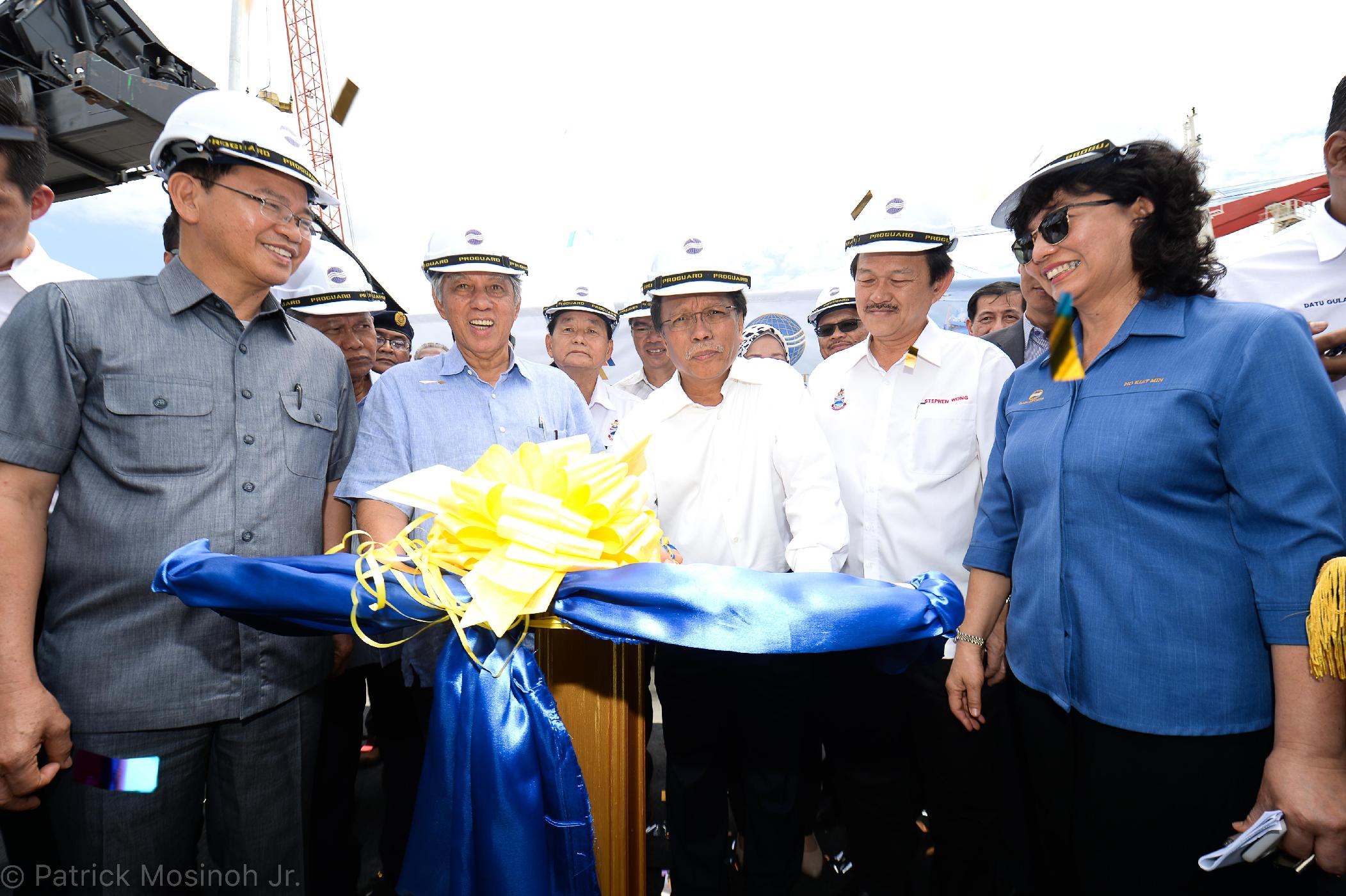
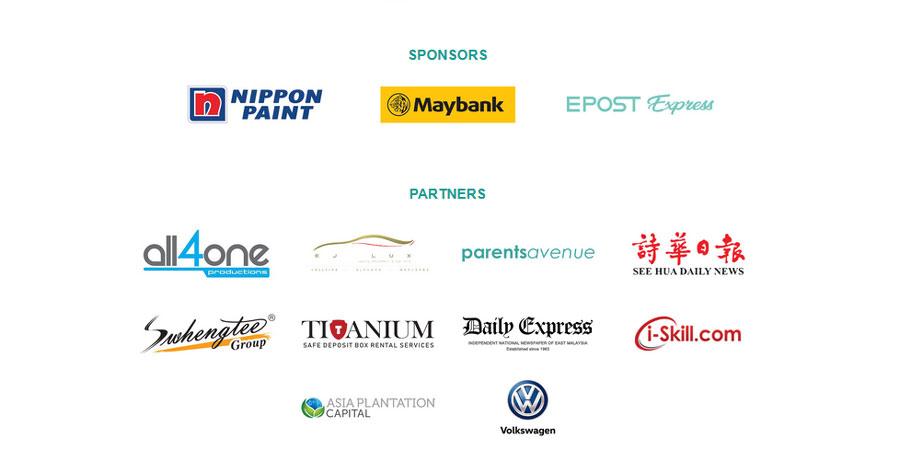
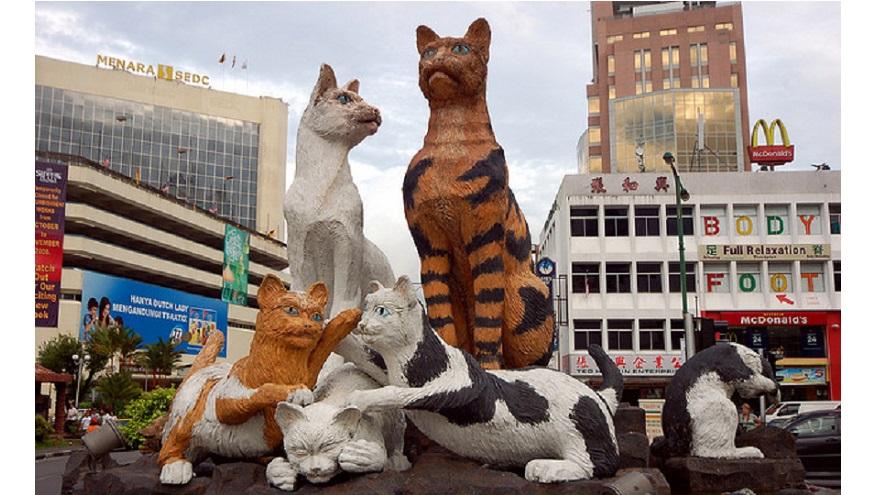
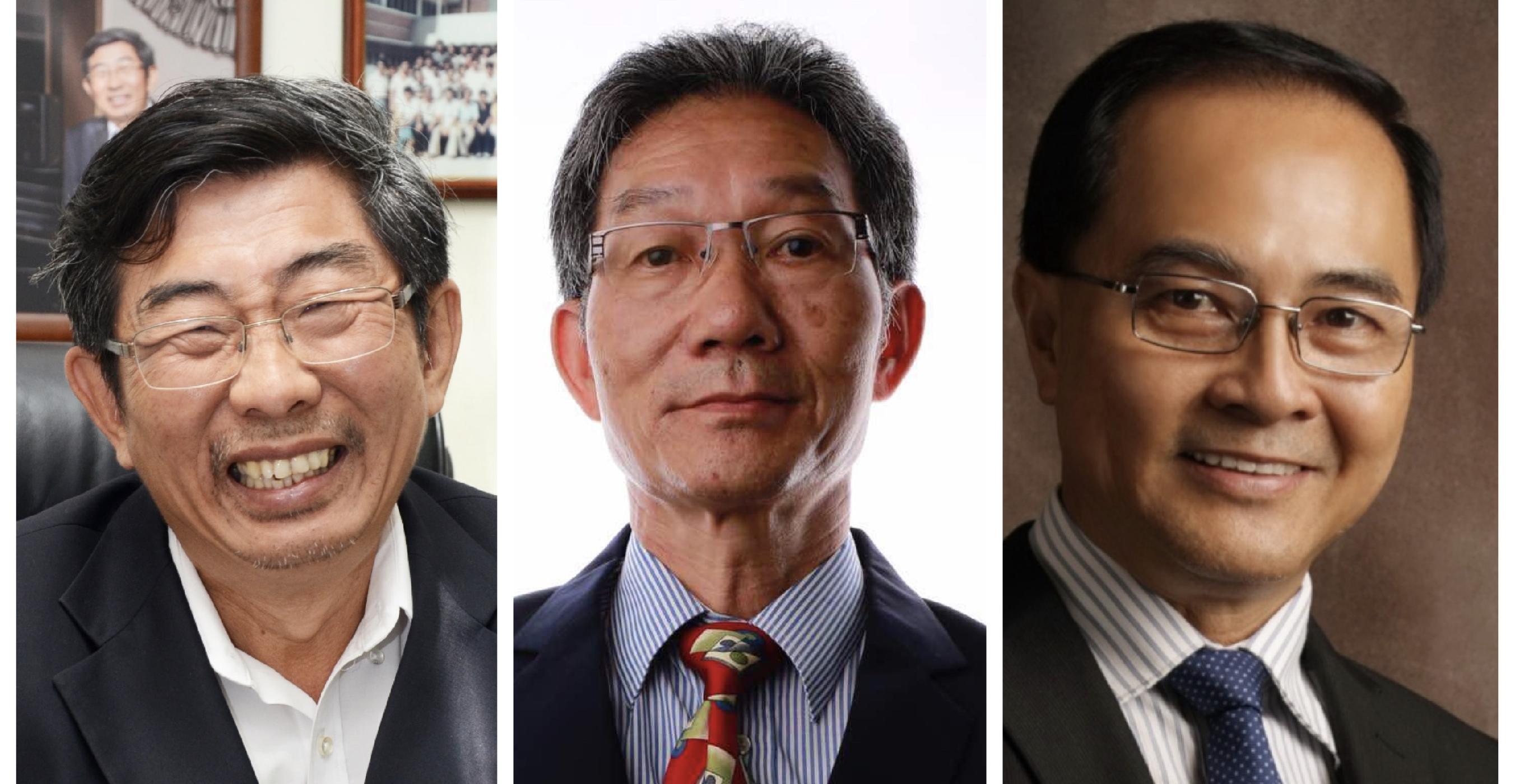
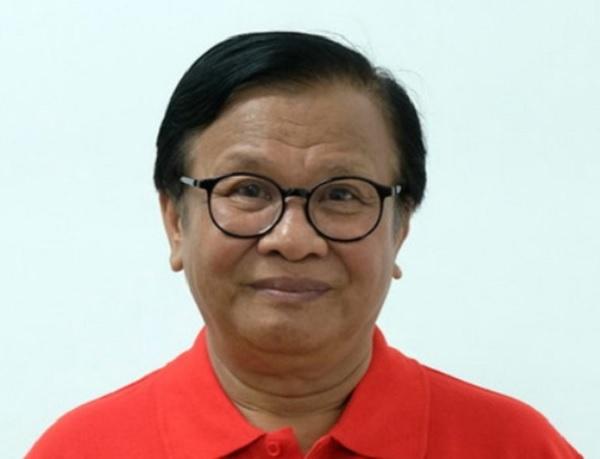
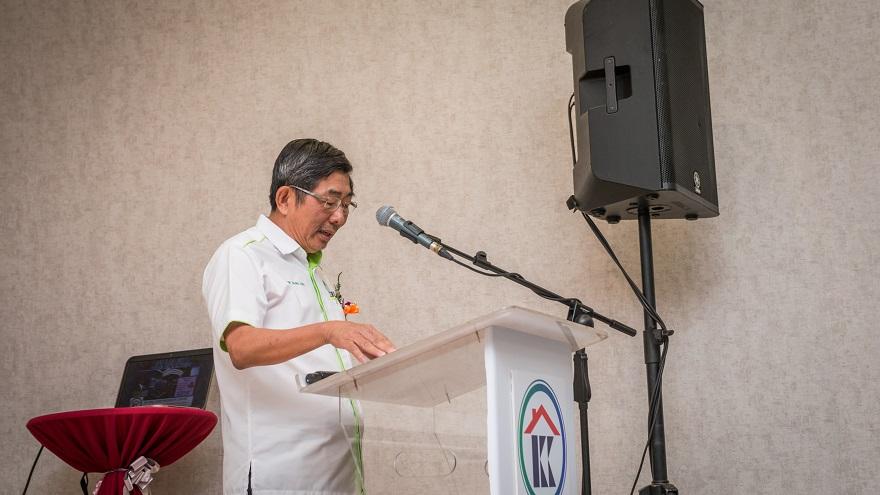

.jpeg)
.jpg)
